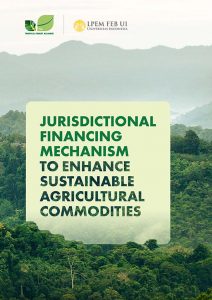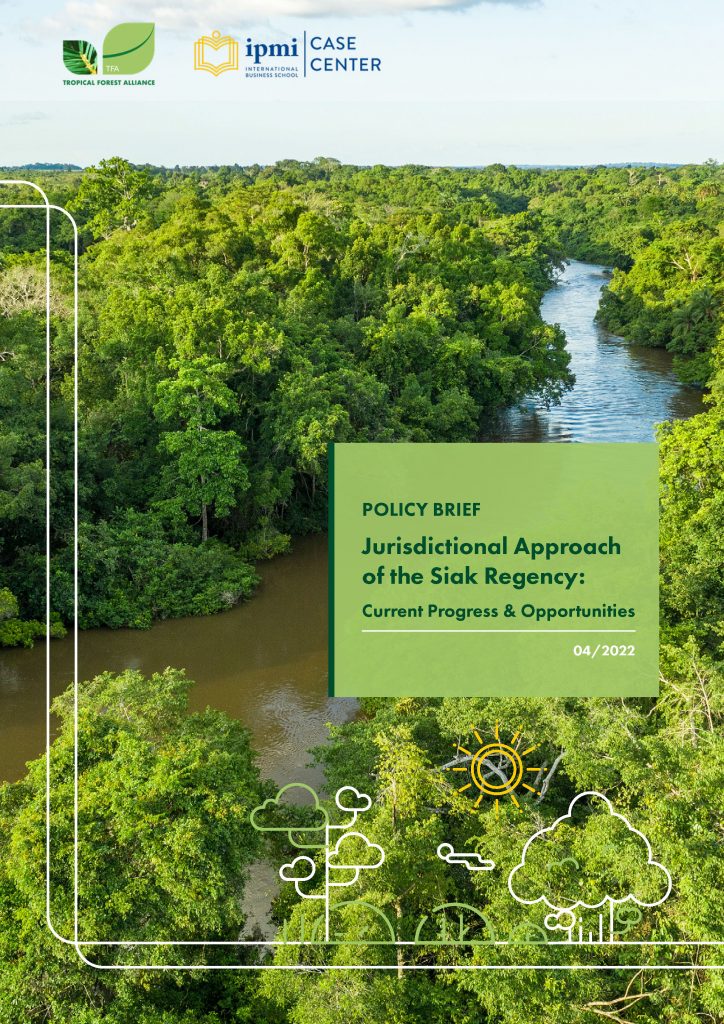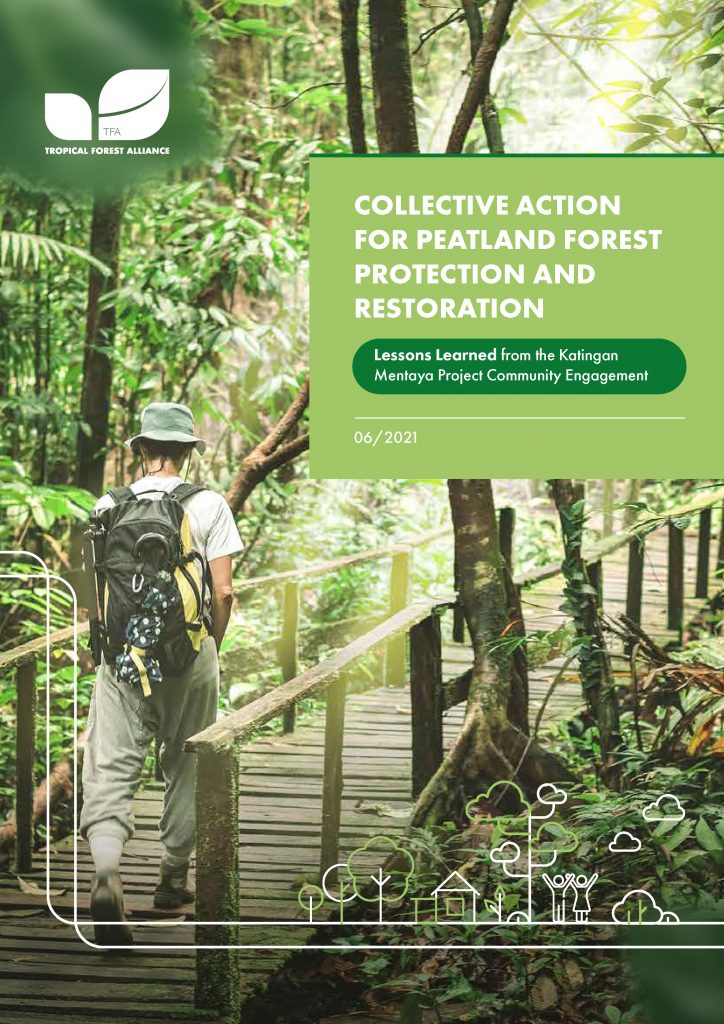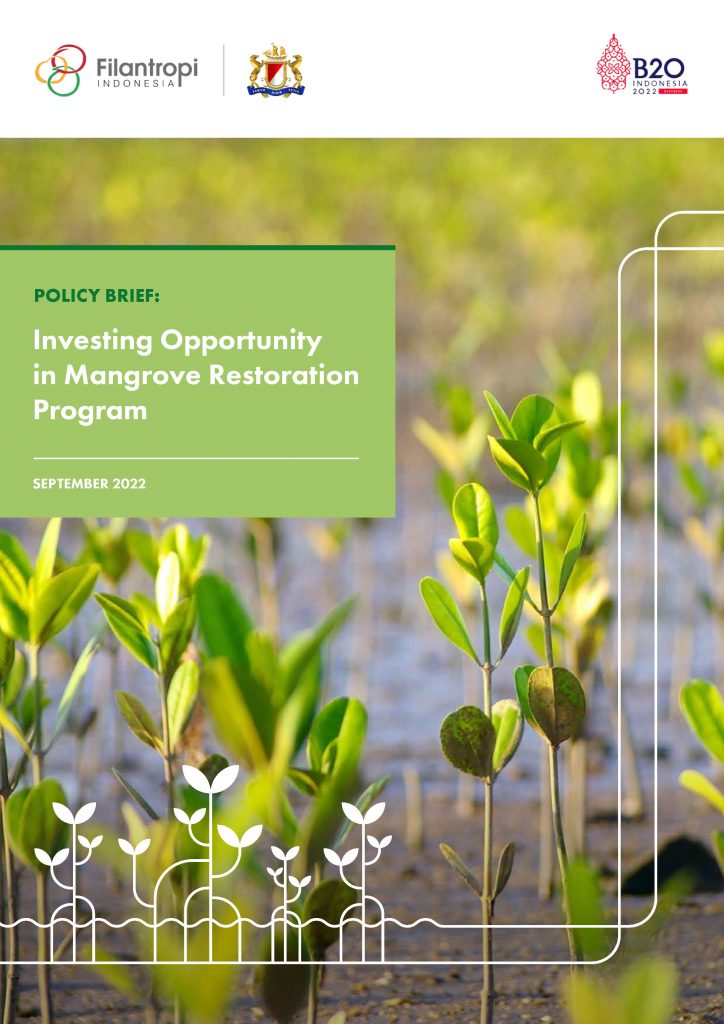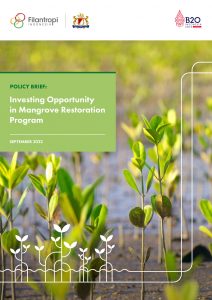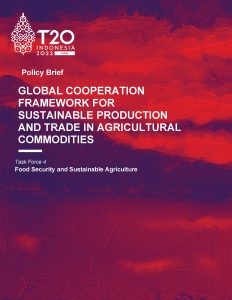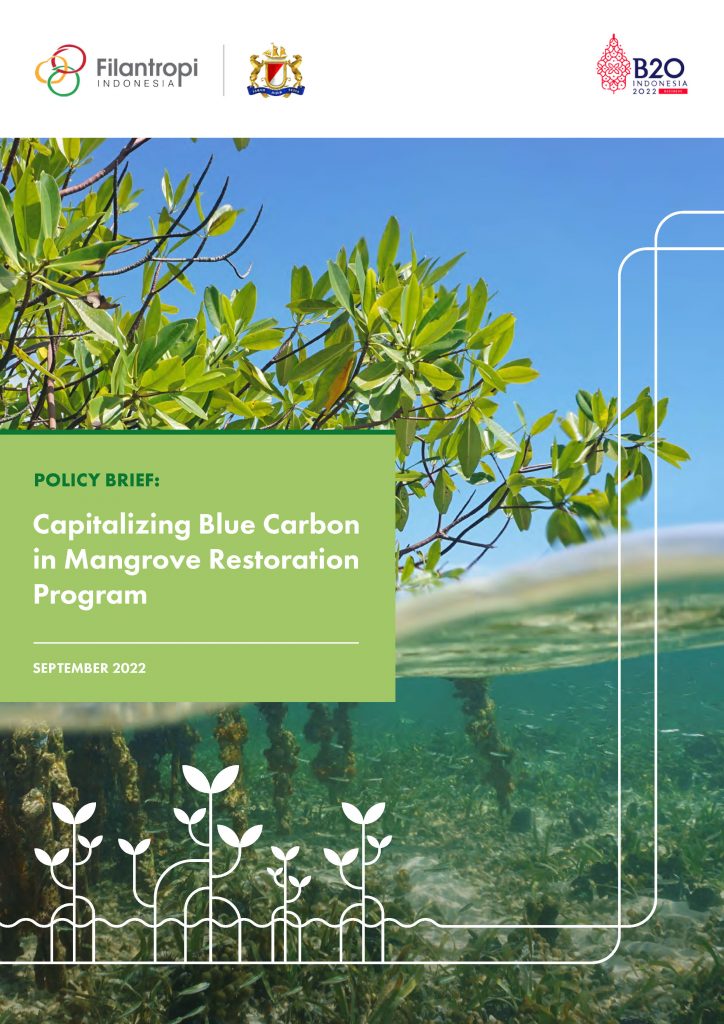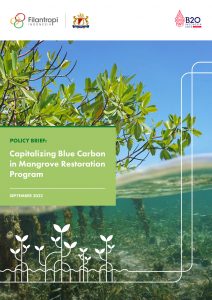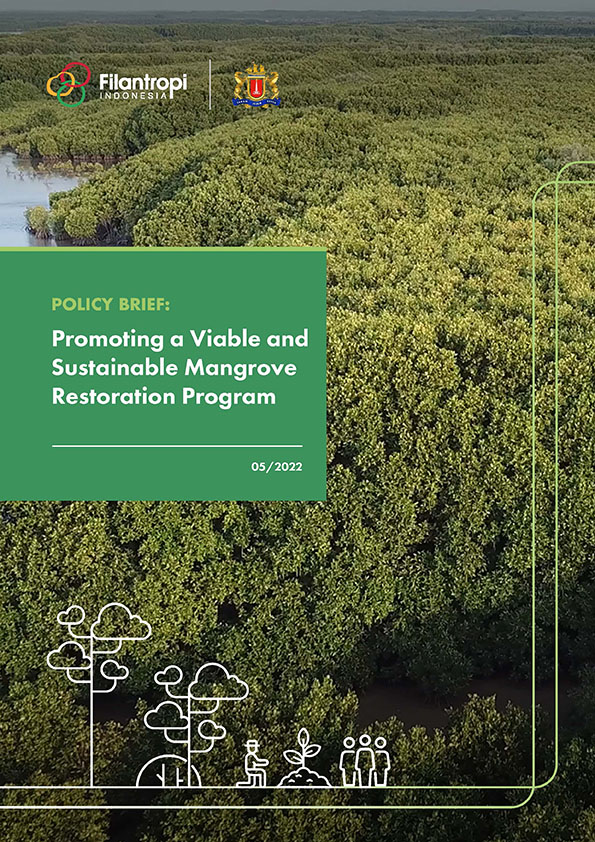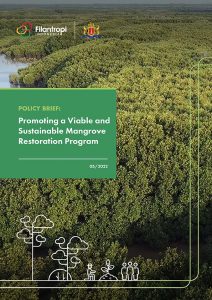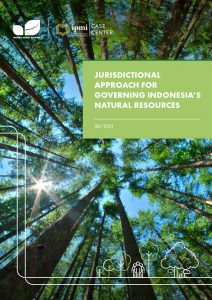
Jurisdictional Financing Mechanism to Enhance Sustainable Agricultural Commodities
BACKGROUND
The Indonesian economy is recovering after experiencing negative economic growth due to the COVID-19 pandemic. The country’s GDP grew by 5.31 percent in 2022, which was higher than the 3.71% growth rate in 2021. Compared to other expenditure components, the investment sector contributed to such positive growth, accounting for up to 27.6% of nominal GDP (CEIC, 2023). Actual investment in the country reached Rp1.207 billion in 2022, exceeding the national target of Rp1.200 billion. When compared to the number of investments in 2021, this was 34% higher, representing the highest investment growth in the country’s history (DPMPTKP, 2022).
According to actual investment, Foreign Direct Investment (FDI) accounted for 54.2% of the total actual investment. In 2021, the primary metal industry, metal goods, non-machinery, and equipment, received nearly a quarter of the total FDI. West Java, North Maluku, and Central Sulawesi were the top three FDI-destined provinces. On the other hand, actual domestic investment in 2021 was heavily concentrated in the housing, transportation and communications, and construction industries. Nevertheless, the allocated FDI for agricultural and forestry-related sectors was relatively low, and the number of domestic investments in the sectors was relatively high, accounting for up to 7% of total domestic investment.
